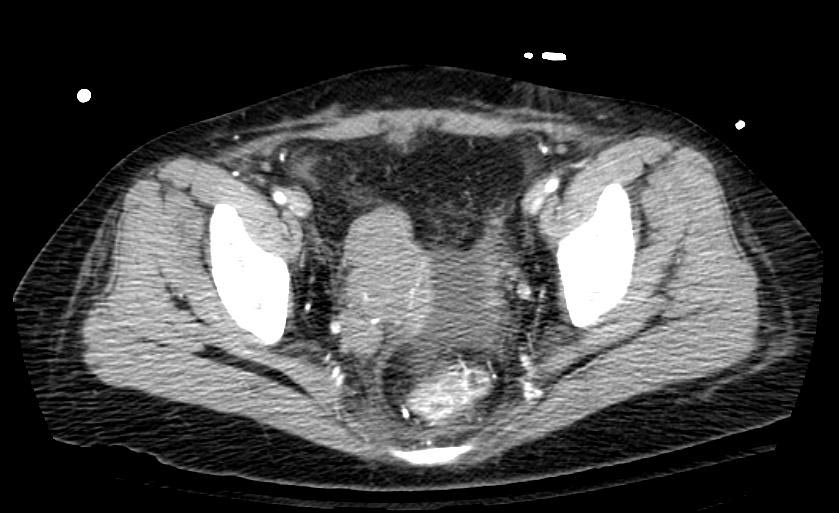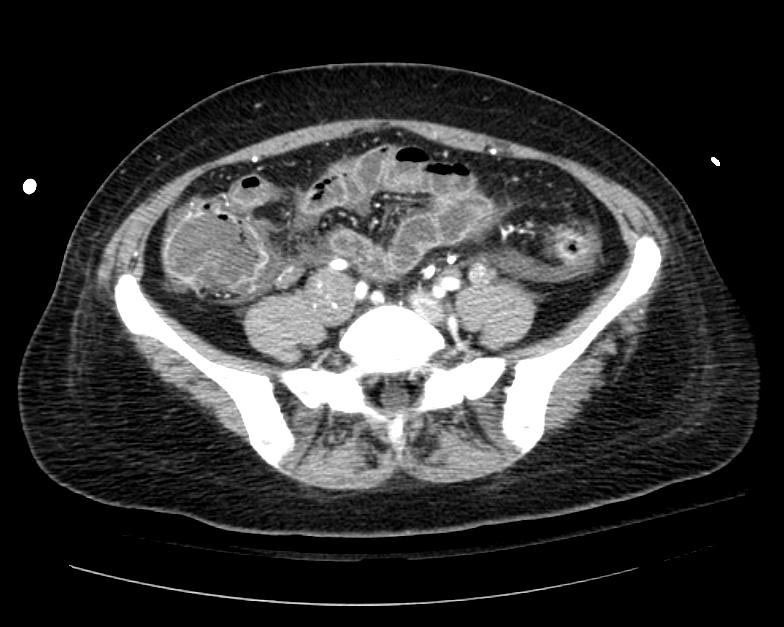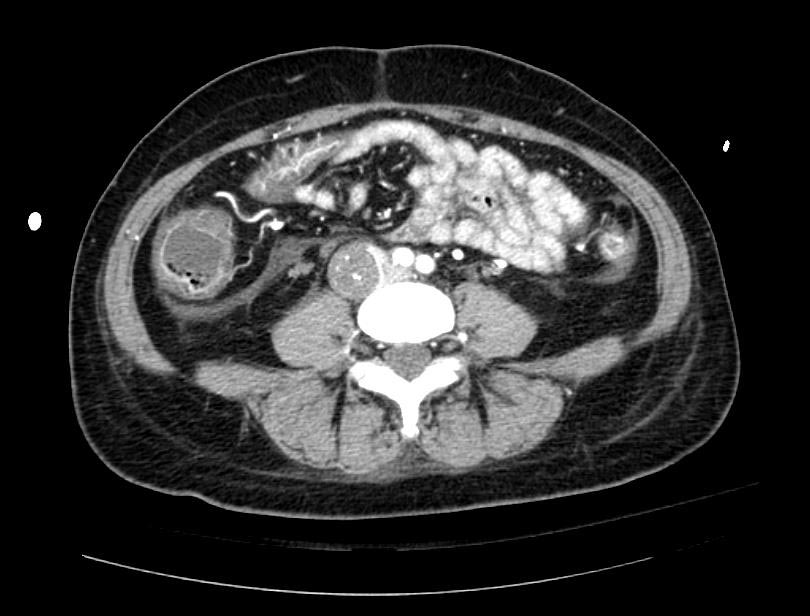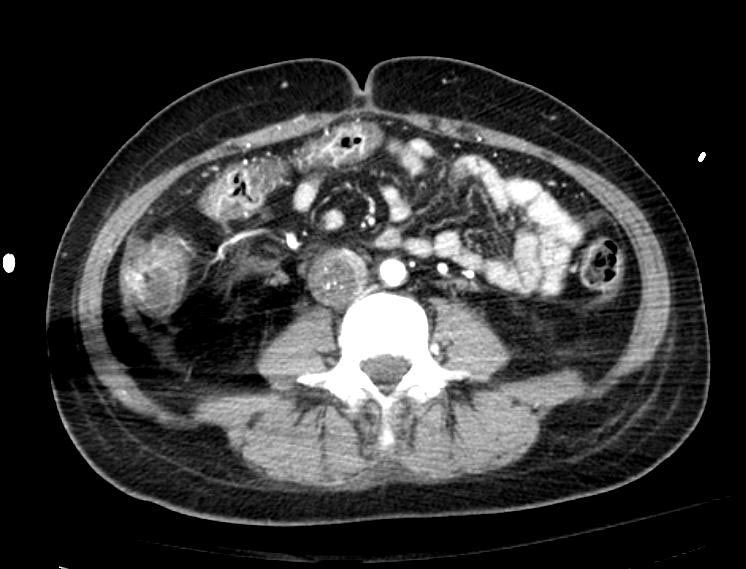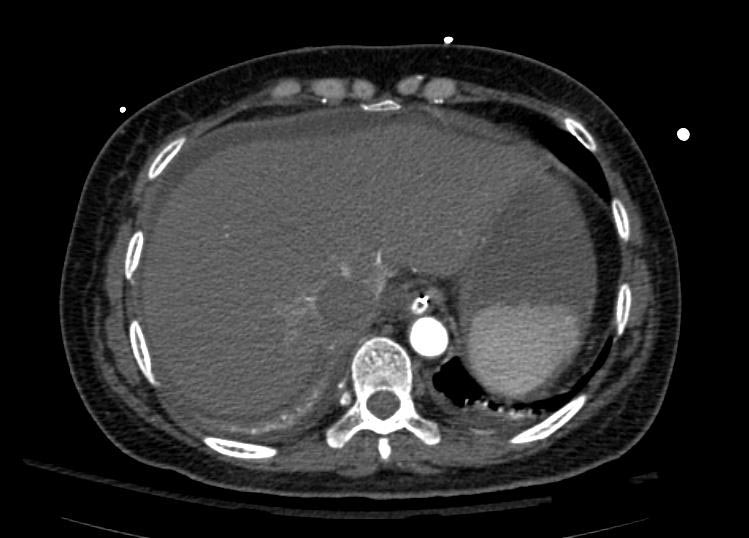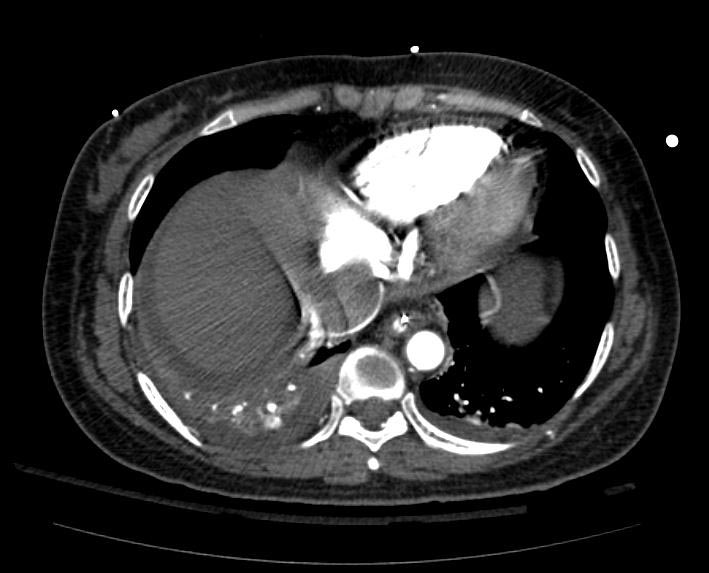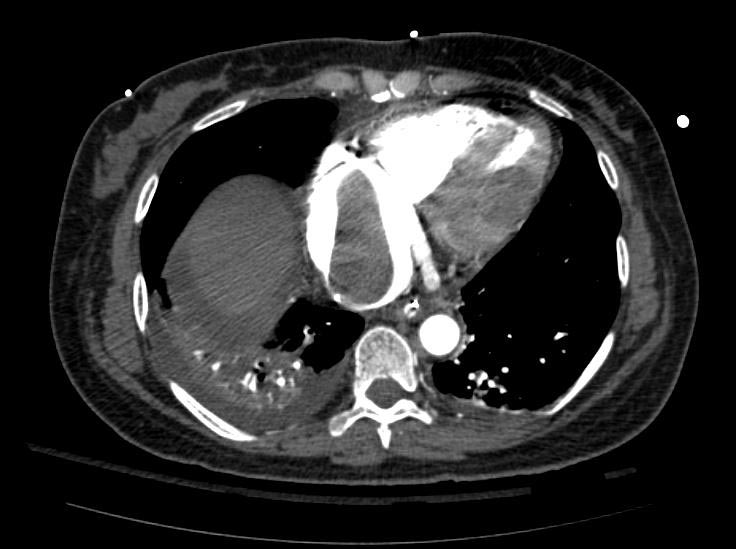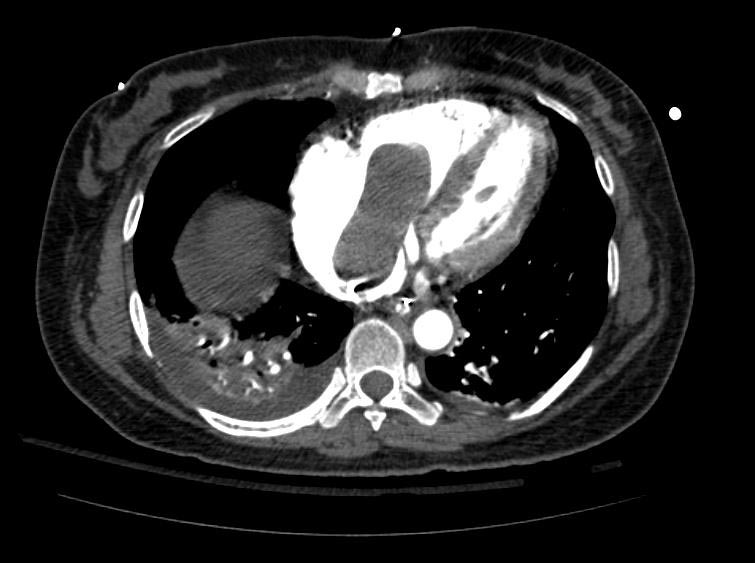| Lipomatous tumor
|
Age of onset
|
Gender preponderance
|
Location
|
Clinical features
|
Diagnostic feature(s)
|
Other features
|
| Angiolipoma
|
- Second and third decades of life
|
|
- More commonly seen in forearm
- May also affect trunk and upper arm
|
- Subcutaneous nodule
- Tender to palpation
- Less than 2 cm
|
- Encapsulated, yellow nodules with a reddish tinge
- A combination of fatty tissue and vascular channels
- Fibrin thrombi is present in vascular channels (characteristic finding)
|
|
| Myolipoma
|
- Fifth and sixth decades of life
|
|
- More commonly seen in retroperitoneum, abdomen, pelvis, inguinal region, or abdominal wall
- May also affect extremities
|
- Subcutaneous mass which may also engage superficial muscular fascia
- Size differs depending on the location
|
- Partially encapsulated mass with partially yellow-white cut surface
- A combination of mature adipocytes and sheets of well-differentiated smooth muscle
- No nuclear atypia
- Sieve-like appearance at low magnification (due to interspersed location of smooth muscle component)
|
- Benign
- It is usually large and located in the deep soft tissues
|
| Myelolipoma
|
|
|
- More commonly seen in adrenal glands
- Other possible locations include:
- thoracic, retroperitoneum and presacral region, mediastinum, liver, and bone
|
- Usually asymptomatic
- May cause abdominal pain, nausea, and constipation (depending on the location and size)
- Uncommonly, may cause retro-peritoneal hemorrhage
- 3 to 7 cm
|
- A combination of bone marrow elements and adipose tissue in varying proportions
- May show myxoid changes
|
- Well-circumscribed radiolucent mass in radiologic imaging
- May have hromonal activity
|
| Spindle Cell/Pleomorphic Lipoma
|
- Fifth to seventh decades of life
|
|
- More commonly seen in posterior neck, shoulder, and back
- It is also reported in oral cavity
|
- Subcutaneous nodule with firm consistency
- Slowly growing and painless
- Mostly between 3 to 5 cm
|
- Similar to ordinary lipoma
- A combination of mature fat cells and spindle cell or pleomorphic elements
- Lipomatous component may vary in amount
|
- Immunohistochemically positive for CD34
- Benign
|
| Chondroid Lipoma
|
- Third or fourth decade of life
|
|
- More commonly seen in limbs and limb girdles
- May also involves trunk, and the head and neck region, particularly the oral cavity
|
- Slowly growing painless mass
- Sizes ranges from 1 to 11 cm
|
- Encapsulated tumor with a yellow, white, or pink-tan cut surface
- A combination of mature adipocytes in association with nests of vacuolated cells in a myxochondroid or hyalinized fibrous background
|
- Heterogeneous soft tissue mass in radiologic imaging
- Benign
|
|
|
|
|
|
|
|
|
Example #1
The patient presented with S.O.B. one year after hysterectomy for a leiomyomatous uterus.
-
CT in Intravenous leiomyomatosis
-
